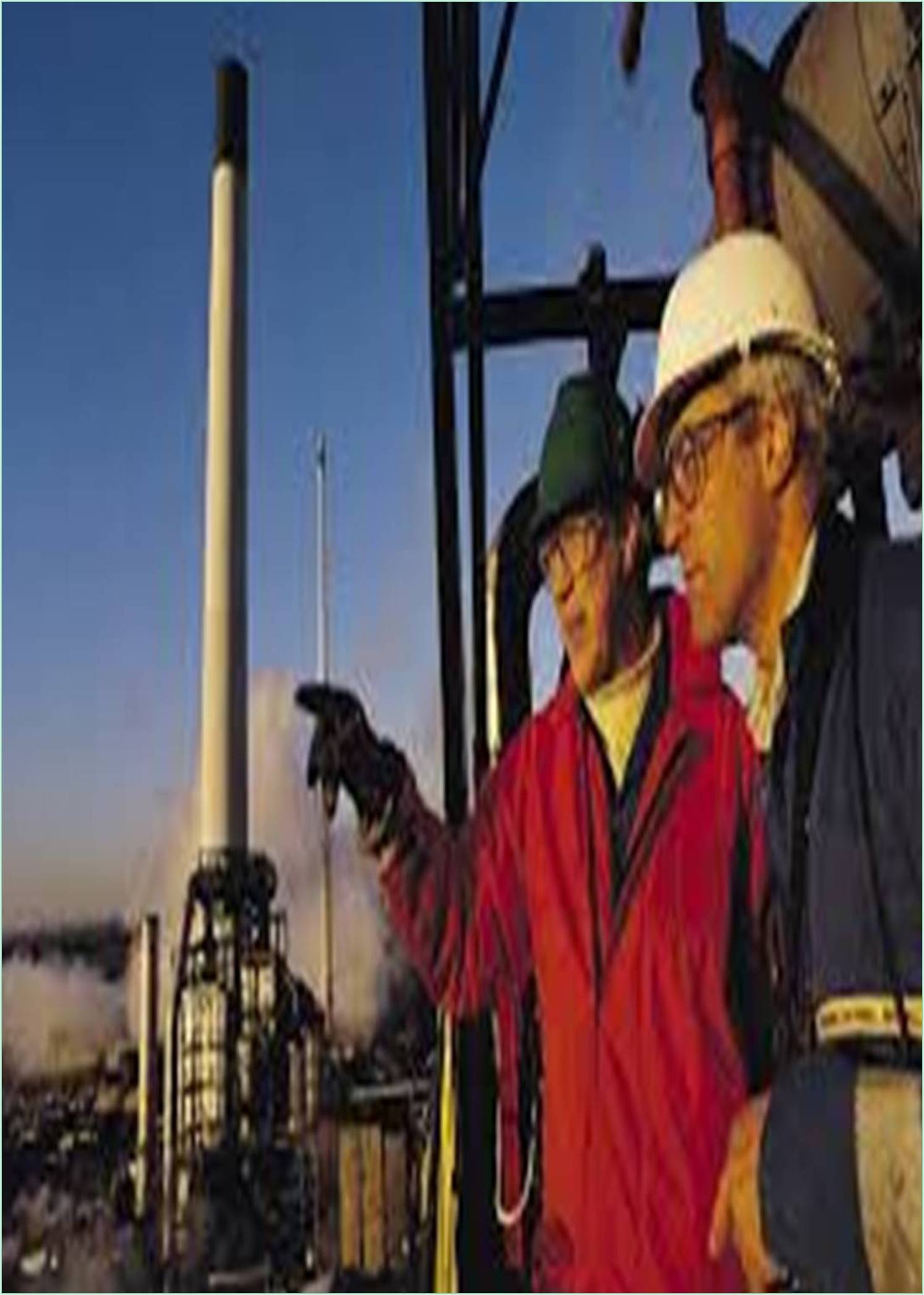



Received: 03-Dec-2021 Published: 24-Dec-2021
A formal master plan for an entire city or metropolitan area, a neighborhood plan, a project plan, or a list of policy choices are all examples of planning processes. Despite efforts to separate planning from politics, successful implementation of a municipal plan usually necessitates entrepreneurship and political astuteness on the side of planners and their supporters. Planning is increasingly involving private- sector engagement in “public-private partnerships,” even if it is based in government. In the early 1900s, town planning became an academic topic. The first academic planning programmed was created in 1909 at the University of Liverpool, while the first North American programmed was established in 1924 at Harvard University. It is primarily taught at the postgraduate level, and the curriculum differs significantly amongst universities. Prospect New Town is an example of a TND noted for modern rather than neotraditional style. Baxter Village, in Fort Mill, South Carolina, is an example of neotraditional architecture. development plan, while well-known in design circles for a long time, was born in the United States in a legal form in the town of Bedford, New Hampshire, between 1990 and 1992. Recognizing that zoning laws would need to change in order for the design to be implemented, a group of four people Norman Stahl, banded together to write and then seek passage of the first “TND Ordinance.” This ordinance enacted the required legalities that rendered it legally impossible to obtain regulatory clearances in much of the United States prior to its enactment, as the usual zoning rules of the time had done. criteria that enforced suburban design principles that were in direct opposition to TND design requirements. The most significant change was the move away from a single 35 mph design speed on all suburban routes, which had been the norm since the 1960s. The TND zoning was eventually passed in Bedford, and numerous communities copied and/or used it as a starting point after that. The four-person team’s original goal was to establish a regulatory precedent and a practical foothold. Although one was approved by the efforts of Stahl, Brooks, Chellman & Duany and included over 1,000,000 s/f of commercial space, 829 housing units, and acres of riverfront park lands, no TND was ever actively pursued in the originating town of Bedford as aA banking crisis struck in the midst of the TND zoning approvals, rendering additional development unfeasible at the moment. The creation of a complete neighbourhood or town utilising classic town planning concepts is referred to as traditional neighbourhood development. TND can take place in infill areas and entail adaptive reuse of existing structures, but it is more commonly associated with all-new development on previously undeveloped ground. On traditional neighbourhood development, Public Square editor Robert Steuteville spoke with Vince Graham, president of the I’On Group, a developer of numerous TNDs and urban infill projects in the Lowcountry of South Carolina, including the Charter-Award-winning I’On in Mount Pleasant, and Katie Selby Urban, cofounder of the Charter-Award-winning South Main, a town extension in Buena Vista, Colorado.
None.
None.